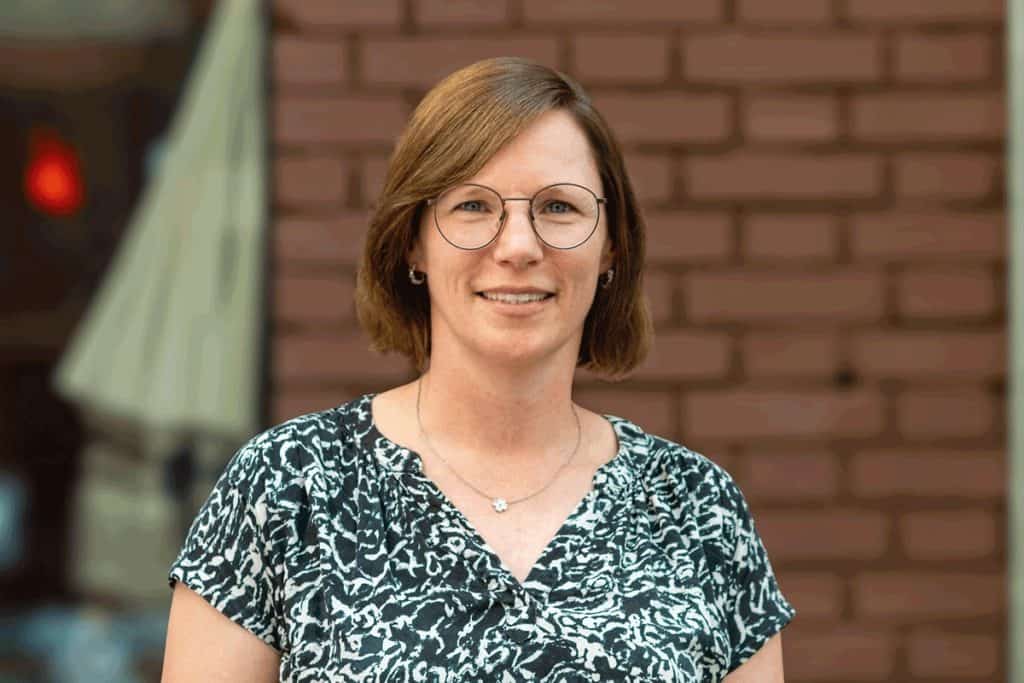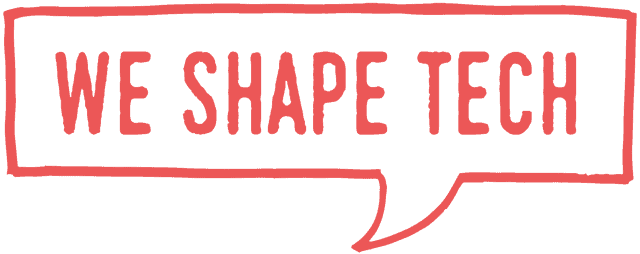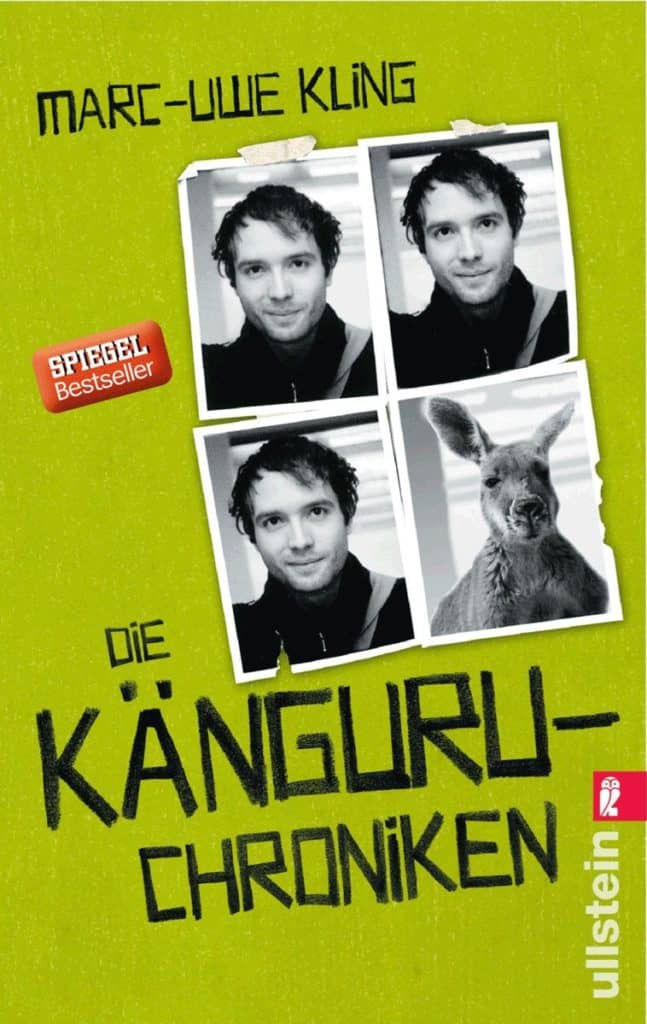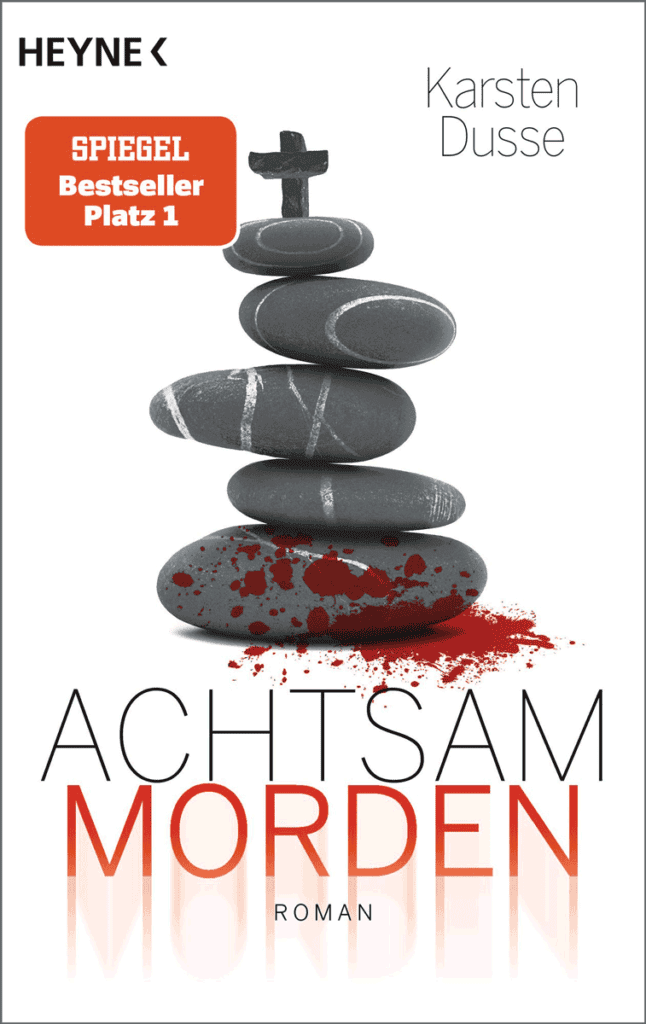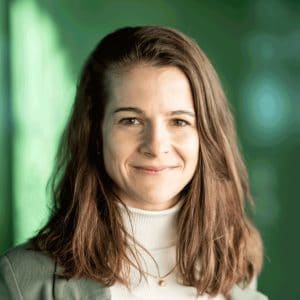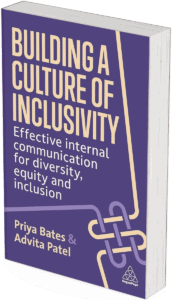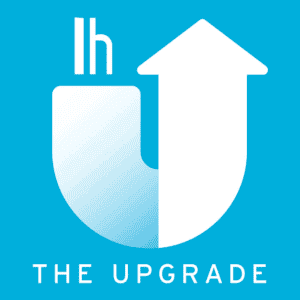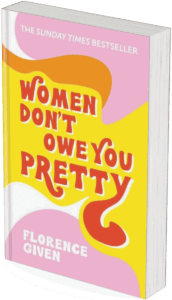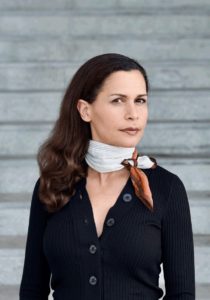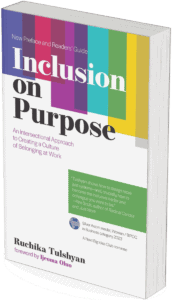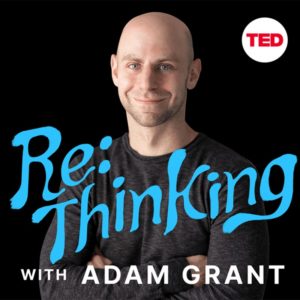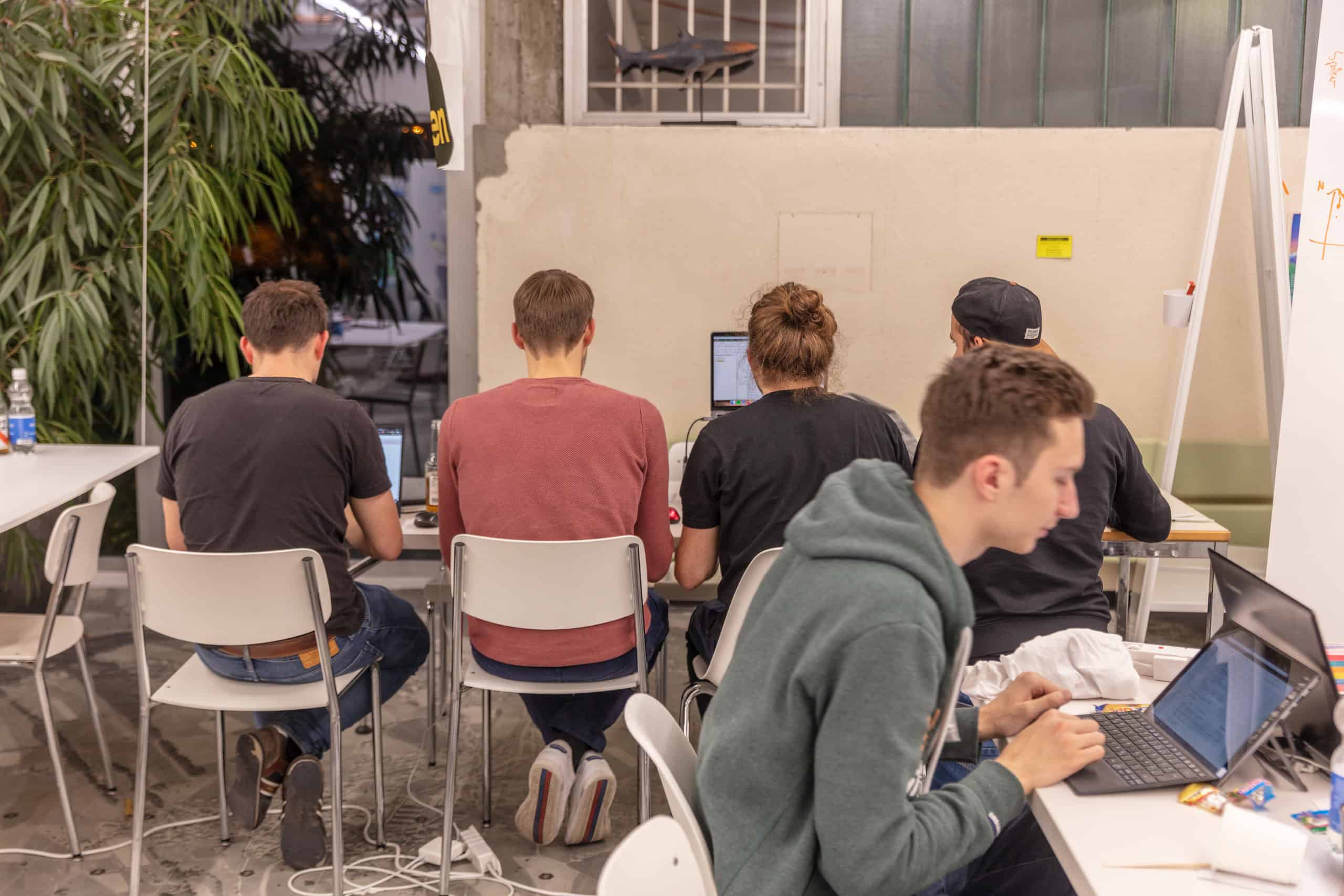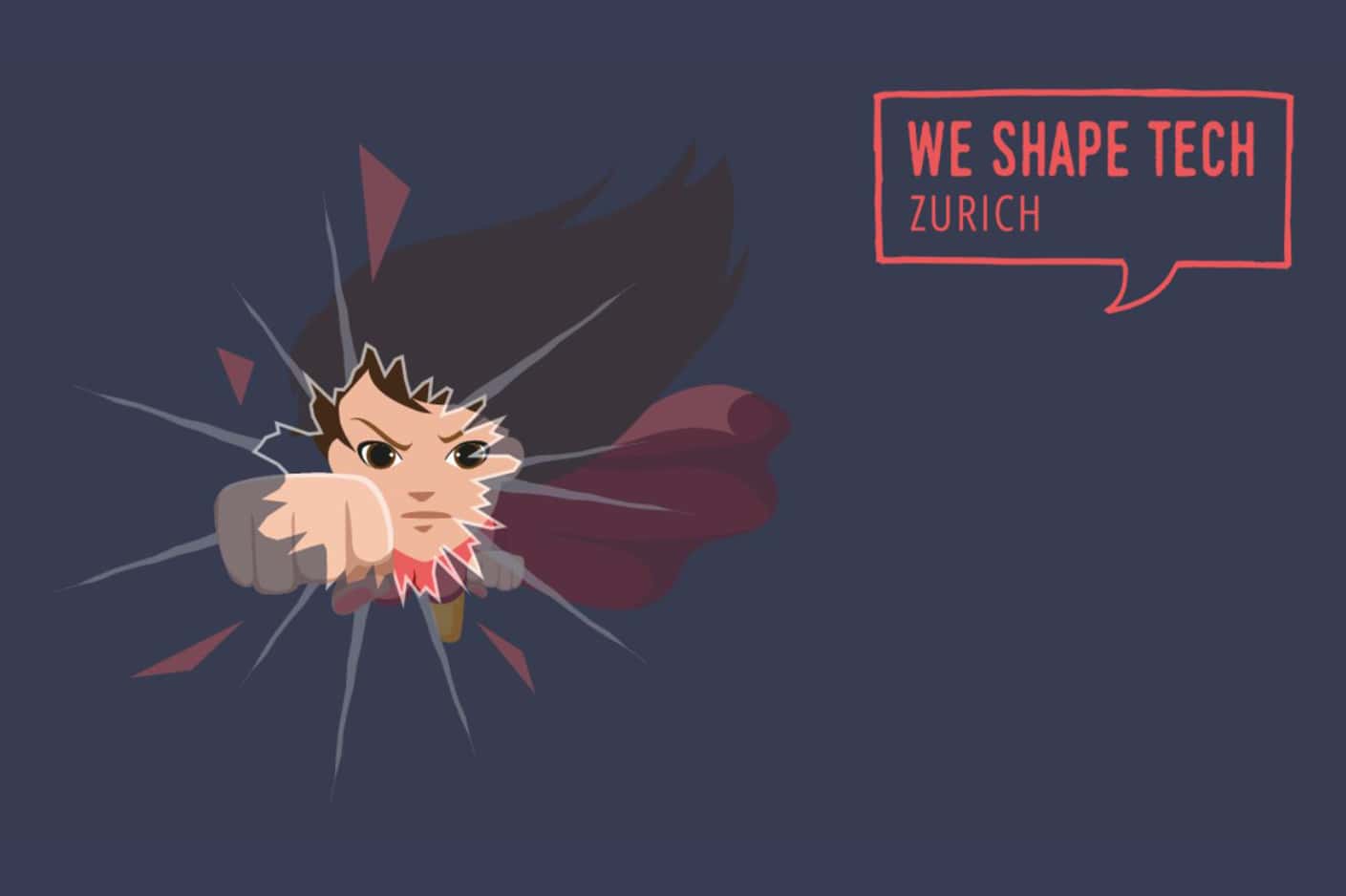Every month we ask one individual in our network a few questions about their way into tech, their motivation and their lessons learned.
Let’s start from the beginning. Tell us about where you’re from!
I grew up in rural Elgg, a village in the canton of Zurich. Over the years, I’ve lived in nine different places across the German-speaking part of Switzerland, each one adding a new perspective. For the first time, I now feel truly at home: in Ostermundigen near Bern, where I live with my husband. We’re on the 26th floor of Switzerland’s tallest residential tower, with a breathtaking view of the Eiger, Mönch, and Jungfrau. It’s a daily reminder of how much I value perspective – both in how I view things and where I view them from.
My professional journey has been just as varied as my housing story. I’ve trained and worked in three very different fields: architectural drafting, physiotherapy and medical informatics. Each role brought new perspectives and taught me to think across disciplines, systems and needs.
After completing my studies in medical informatics, I joined ahdis ag, where I found exactly what I’d been looking for: meaningful work at the intersection of health and technology. Our vision is to “Make health data agile” and it resonates deeply with me. As a former physiotherapist (and as a patient), I know how crucial it is that health data is available at the right time, in the right place, and in a form that makes sense.
At ahdis, we advise and train clients on interoperability standards like HL7 FHIR and IHE. We support projects from concept to implementation and we help develop tailored open-source solutions. As co-owner of the company, I’m also involved in shaping our strategy and organization. For me, it’s the ideal mix: purpose, challenge, and the thrill of doing something that matters.
What valuable advice did you get from your parents?
My parents didn’t give me one-line advice. They gave me something far more powerful: freedom and unconditional support. They were proud of whatever I chose to pursue, as long as I was fully committed to it. That foundation gave me the courage to explore, to change direction, and to build a life around curiosity, not expectations.
They stood behind me at every stage – no matter how unconventional it looked to them. Whether I was drafting buildings, treating patients, or learning to code medical logic, they always trusted me. Their consistent support gave me the freedom to do what felt right for me, and not just what made sense on paper. In the end, that’s what helped me find my own path.
How did you become interested in tech?
It was a mix of logic, luck and, mostly, life.
When I was 14, I had to choose a profession. Since I always preferred building Lego houses to playing with dolls, I went with architectural drafting. I loved geometry, structure, and creating something that stands. But I quickly learned that passion wasn’t always enough. I was rejected from an apprenticeship simply because I was a girl. Later, on construction sites, I had to prove myself again and again, because of both my gender and my age.
So, I pivoted to my second passion: the human body and movement. I became a physiotherapist, and I loved the work. But a wrist injury from childhood made it unsustainable in the long run.
That’s when I found the perfect intersection of my interests. Medical informatics gave me a new language (let’s call it FHIR for now) and a way to contribute to healthcare interoperability. My aim now is better care through accessible and understandable data.
Earlier, you mentioned some challenges related to gender stereotypes in your career. Can you share a personal experience where those stereotypes really stood out—and how you dealt with it?
Interestingly, I’ve often found myself in classrooms with a high number of women as I trained and re-trained. And every time, people treated it like something remarkable. That contrast between people’s expectations and what weas actually happening in the classroom made me realize just how persistent some stereotypes are – especially when it’s around something that is considered technical.
I see a similar pattern in my other passion: mountaineering. Sometimes, it feels like you have to be the strongest woman just to be cool enough to join certain climbs, even though plenty of women are out there proving otherwise. Change is slow. And it’s a reminder that representation alone isn’t everything. We also need to change the narrative around who belongs where.
How do I deal with it? Earlier in life, I mostly noticed these moments without thinking about it too much. They happened, then life went on. But the values my parents passed on were essential: they taught me to find out what I want and not to lose sight of who I am. That foundation helped me keep going, even when I didn’t fit the mold. There will always be people who try to put you in boxes. But that doesn’t mean you have to stay in them.
With more life experience, I’ve become much more aware of these dynamics.
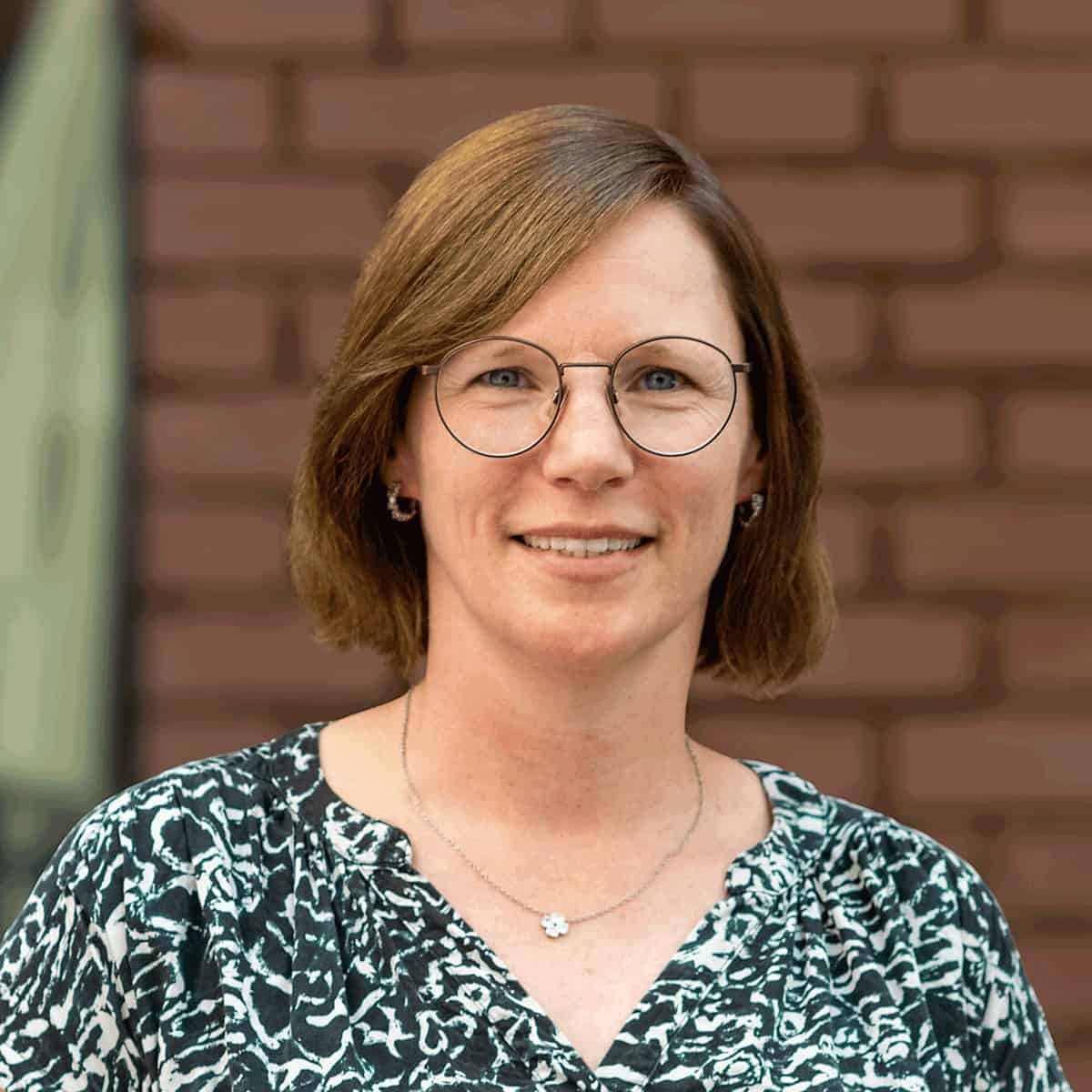
That’s also why I care deeply about inclusion in healthcare and healthcare technology.
You mentioned that medical informatics gave you a new language – FHIR. What exactly is it, and how can it help build more inclusive systems?
You remember I said I preferred building Lego houses over playing with dolls? Well, FHIR® (pronounced ‘fire’) stands for Fast Healthcare Interoperability Resources and is a standard for exchanging healthcare data. I think of it as a set of Lego blocks for health information. Each block is a resource, like a patient or an observation. These blocks snap together to create a clinical picture, like a lab report or a patient record.
The FHIR standard defines both these content models (called resources) and how data is exchanged between systems (through APIs). This ensures healthcare data can be shared reliably and understood consistently across different providers.
But even with a powerful standard like FHIR, we must constantly ask: Whose reality are we mapping? For a long time, FHIR didn’t represent something as fundamental as the female reproductive cycle. This gap sparked the idea for Women for FHIR, which began with a panel discussion I was part of at FHIR DevDays 2023.
It started as a conversation but has grown since then into a dynamic movement that is focused on real-world use cases to improve data representation in women’s health. From the very beginning, I’ve been involved as an advocate for the Women for FHIR initiative, and helped shape its direction to ensure these issues remain visible and relevant, and that they are addressed.

You’ve spoken about making health data more accessible and meaningful. What does “accessibility” in healthcare technology mean to you, beyond just technical standards?
To me, accessibility means more than just being able to retrieve health data. It means being able to understand and use it, regardless of your background, role or level of health literacy.
When people can really engage with their information, they’re better equipped to make confident, informed decisions. That’s also what “making health data agile” means to me. It goes beyond the technical layer. It’s about making data available when it matters, and presenting it in a way that’s clear and practical.
From my own experience as a patient, I know that having access to my records helped me follow what was happening and ask better questions. I felt like an active part of my care team. I want more people to experience that shift—from passive recipient to engaged participant.
Actually, it goes further than that. When information is accessible and meaningful, it enables broader participation, especially from under-represented voices. It’s not just about understanding the care you’re getting. It’s about having agency over your data. That means being able to use it, share it or contribute to it on your own terms.
When people can choose to make their data available for research, for innovation, or to support better insights into conditions that disproportionately affect certain groups, it strengthens the entire system. It helps build more inclusive datasets, highlights former blind spots and ultimately leads to better care for those who’ve often been overlooked. It gives more people the power to shape what comes next.
Have you ever had a role model that inspired you on your path?
I’ve had many powerful influences rather than a single role model. People who led with courage, clarity or kindness, or who just believed in me, sometimes more than I believed in myself. That kind of belief stays with you.
Actually, one person who stands out is my husband. I couldn’t join many women’s strikes during my studies because of exams, so he went and actively encouraged others to take part and raised awareness in his circle. That means a lot to me. Thank you!
What aspects of your work are you proudest of?
I’m incredibly proud of the Women for FHIR initiative because it’s about making things happen. Thanks to the strength of the FHIR community, and its openness, collaboration and drive for real-world solutions, we’ve moved from initial discussions to applying FHIR to concrete clinical cases. Together with clinicians, healthcare and technical experts, we’re raising awareness, increasing visibility, and advancing the use of the FHIR standard for women-specific cases.
Take our latest example: heavy menstrual bleeding.
It affects about 25% of women but is often underdiagnosed because of societal taboos and shortcomings in medicine – from recognition to diagnosis and treatment. Better awareness among patients and healthcare professionals plus more accessible, understandable health data could make a real difference. To support this, we’re working on demonstrating how FHIR and international terminologies like SNOMED CT can be applied, and where gaps still exist.
What drives you at work?
What drives me is the chance to build meaningful connections between people, systems and ideas. I’m motivated by the possibilities of making healthcare more accessible and understandable through better data and greater interoperability. Technology is just a tool, but used right, it can help bridge gaps and create real impact.
As I mentioned, I’m lucky to be surrounded by people who stand with me, believe in me, challenge me, and pull together with me. I can dive into technical discussions, share doubts, and celebrate successes with them. That support makes all the difference and keeps me going every day.

What has been your toughest challenge you faced while working in tech?
Phew! That one’s easy to answer… unfortunately. Public speaking,especially when it’s not in my native language.
I do feel a responsibility to use my voice, and I often say yes to speaking opportunities because I care about the topic. Only later do I realize how much it stretches me. And yes, it still frustrates me when I don’t perform the way I wish I could – when I slip into the wrong tense or can’t quite find the right word and have to talk my way around it.
But I promised myself I’d keep doing it for as long as it’s needed, or until others feel ready to speak up too.
Do you have a favorite book or podcast?
I should probably say Principles of Health Interoperability by Tim Benson and Grahame Grieve or tell you that I spend my evenings listening to podcasts about digital health.
But honestly? I don’t do that. My favorite books are Die Känguru-Chroniken by Marc-Uwe Kling and Achtsam Morden by Karsten Dusse.
These books help me recharge and stay curious – something I also try to bring into my work because good ideas need both focus and fresh perspectives.
What advice would you give other women in tech?
One: You don’t need to fit into a mold to belong. Tech isn’t about knowing everything. It’s about staying curious, being open and working together. Bring your full self – that’s where real change begins.
Two: Believe in what you do, and enjoy it. Joy brings energy, creativity and the resilience to keep going even when things get tough.
And three: remember that we go further together. I really believe in the power of women supporting other women. Let’s replace any sense of competition with honest connection. There’s enough space for all of us, especially if we shape it together.
And what advice would you give women not yet working in tech that want to enter the field?
Tech needs more than coders. It needs communicators, connectors, designers and thinkers – the people who understand other people. It needs empathy, structure, creativity and clear minds that can navigate complexity.
Maybe your background is in healthcare or education. Maybe it’s the arts, administration or something completely different. Like physiotherapy! People in HR, project management, UX or clinical informatics are shaping the future of tech just as much as engineers and coders.

Any final thoughts?
There’s often debate about whether movements like the Women for FHIR initiative should be exclusive, for example, by only including women. Don’t get me wrong, there are clear benefits to that approach. But I strongly believe that true inclusion isn’t achieved by exclusion.
I want to come back briefly to my husband. He’s one of the most feminist and tolerant people I know. Recently, at a regular climbing night designed for women, trans*, inter*, non-binary, and agender people, he felt not just confused but also disheartened and sidelined, even though he supports the cause.
To me, this shows that the path we choose should be as open and connecting as possible. Only then can we create lasting change.
